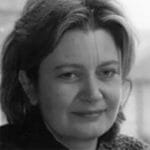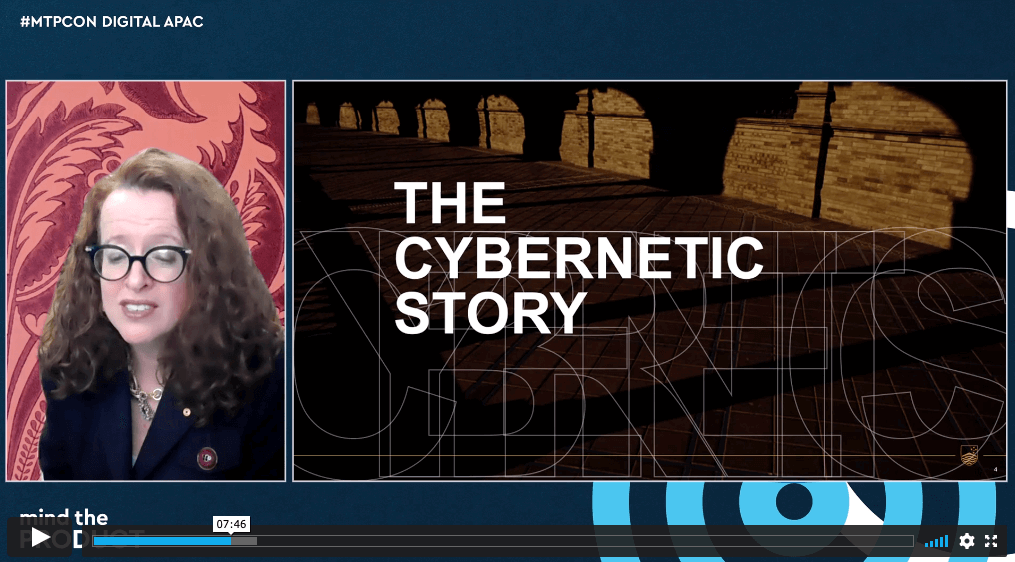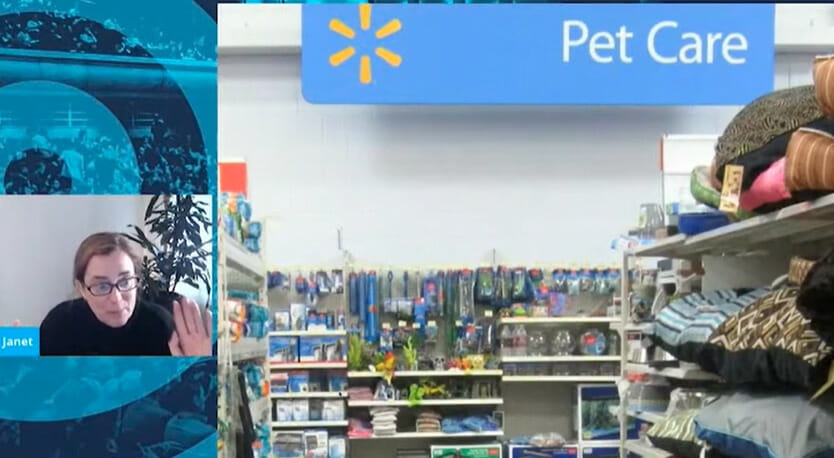Product Management Skills
OCT 27, 2023
Nate Walkingshaw: Tackling the challenges of physical products
We talk to serial entrepreneur Nate Walkingshaw about the challenges of developing physical products and how his latest venture might help to solve the climate crisis






Comments
Join the community
Sign up for free to share your thoughts